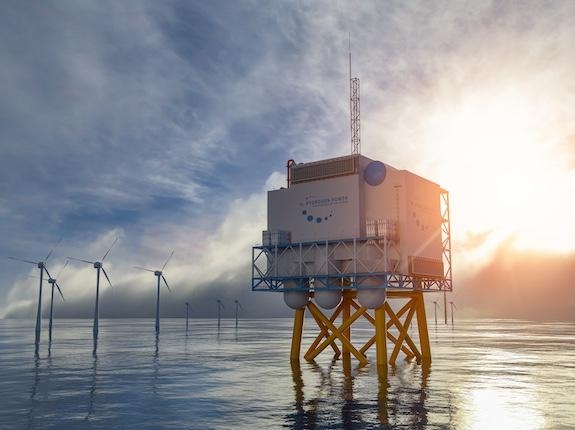Produced by electrolysis of water from a renewable energy source, “green” hydrogen could become a key element in the transition to carbon neutrality. Numerous projects are in the pipeline to develop offshore hydrogen production platforms using electricity supplied by wind turbines. However, it is necessary to ensure that a wide range of equipment is compatible with hydrogen: pipes, fittings, tanks, compressors, etc. “We have all the skills needed to develop, build and commission wind-to-hydrogen infrastructures. To be ready to meet our customers' needs, we wanted to take stock of the solutions available on the market, which are ready to operate in both hydrogen and maritime environments. We entrusted this mission to Cetim in order to benefit from their scientific and technical expertise in the field, as well as the referencing tools of their Technology watch unit”, explains Christophe Brice, Strategic Technology Manager at Subsea7.
A study in three complementary phases
The first phase of the study involved mapping potential suppliers of hydrogen ancillary components in the offshore environment. The second phase focused on analysing scientific publications on the subject in order to identify the technological challenges and the technical solutions envisaged to address them. During the third phase, a panel of companies was interviewed to gain a better appreciation of the ability of Subsea7 products to meet the requirements of the application and the needs. “We are very satisfied with this service. We now have a clear view of the maturity of the equipment available on the market. It turns out that there are no insurmountable technological barriers in this field. We are therefore confident in the ability of suppliers to offer us appropriate solutions in the years to come”, concludes Christophe Brice.


